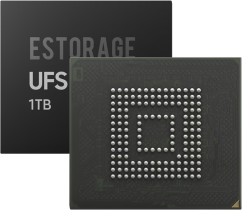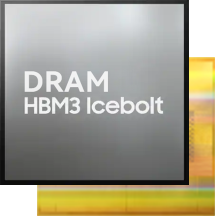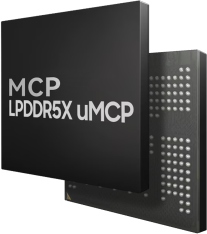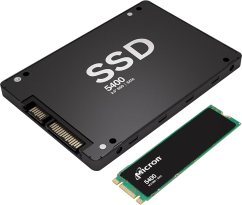Data Center
Data centers rely on a wide array of electronic components to support their operations, ensuring efficient data storage, processing, networking, and management. Here are some of the key electronic components commonly found in data centers:
1.Servers:
Central Processing Units (CPUs) and Graphics Processing Units (GPUs): These are the primary processors responsible for executing instructions and performing calculations.
Memory (RAM): Provides temporary storage for data and instructions that the CPU needs to access quickly.
Storage Devices: Including Hard Disk Drives (HDDs) and Solid State Drives (SSDs) for storing data persistently.
Network Interface Cards (NICs): Facilitate communication between servers and the network, enabling data transfer.
Power Supplies: Provide electrical power to servers and other components within the data center.
2.Networking Equipment:
Switches and Routers: Direct and control the flow of network traffic between servers and other devices.
Firewalls and Security Appliances: Protect data and resources from unauthorized access and cyber threats.
Load Balancers: Distribute incoming network traffic evenly across multiple servers to optimize resource utilization.
3.Storage Systems:
Storage Area Networks (SANs) and Network Attached Storage (NAS): Provide centralized storage accessible to multiple servers and applications.
RAID Controllers: Manage redundant arrays of independent disks to enhance data reliability and performance.
4.Power Distribution and Conditioning:
Uninterruptible Power Supplies (UPS): Ensure continuous power supply to critical equipment during power outages or fluctuations.
Power Distribution Units (PDUs): Distribute electrical power from UPS systems or generators to servers and networking equipment.
5.Cooling Systems:
Air Conditioners and Chillers: Maintain optimal temperatures within data centers to prevent overheating and ensure equipment reliability.
Cooling Fans and Ventilation Systems: Provide airflow to dissipate heat generated by servers and other components.
6.Monitoring and Management Tools:
Data Center Infrastructure Management (DCIM) Software: Monitor and manage the performance, capacity, and energy usage of data center resources.
Environmental Sensors: Monitor temperature, humidity, and other environmental conditions to ensure optimal operating conditions.
7.Cabling and Connectors:
Ethernet Cables: Connect servers, switches, routers, and other networking equipment within the data center.
Fiber Optic Cables: Transmit data over longer distances at higher speeds, crucial for high-bandwidth applications and interconnecting data centers.






